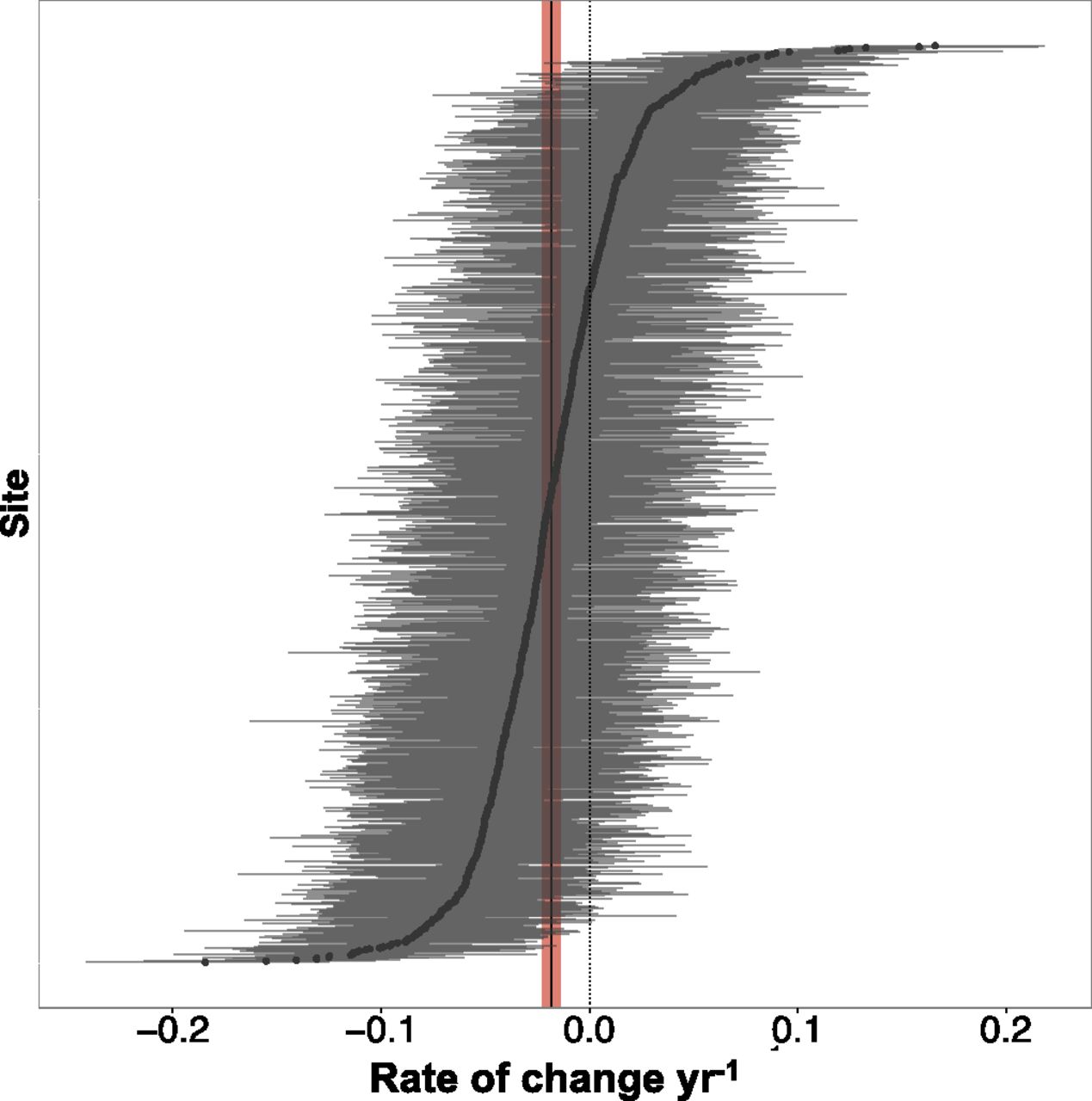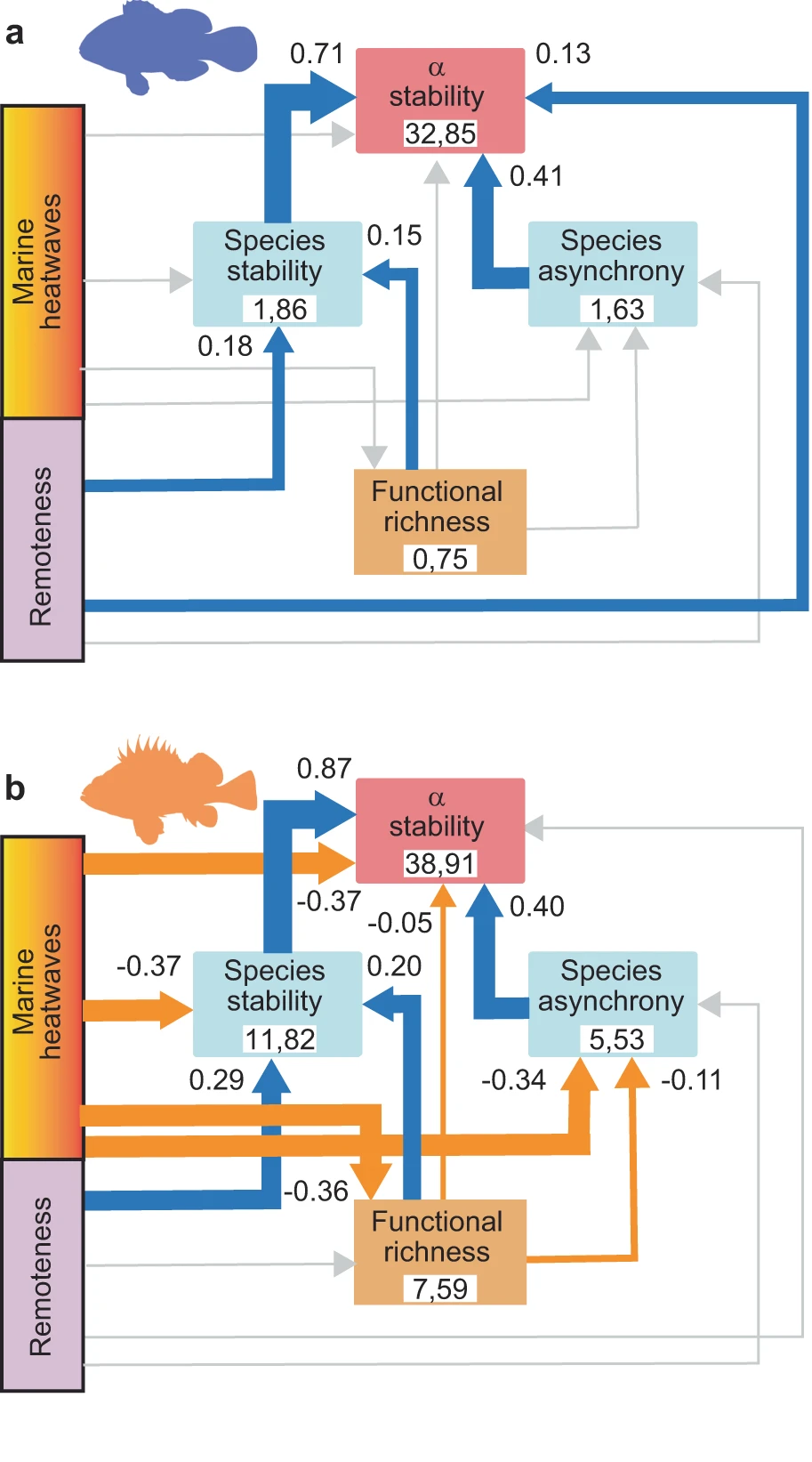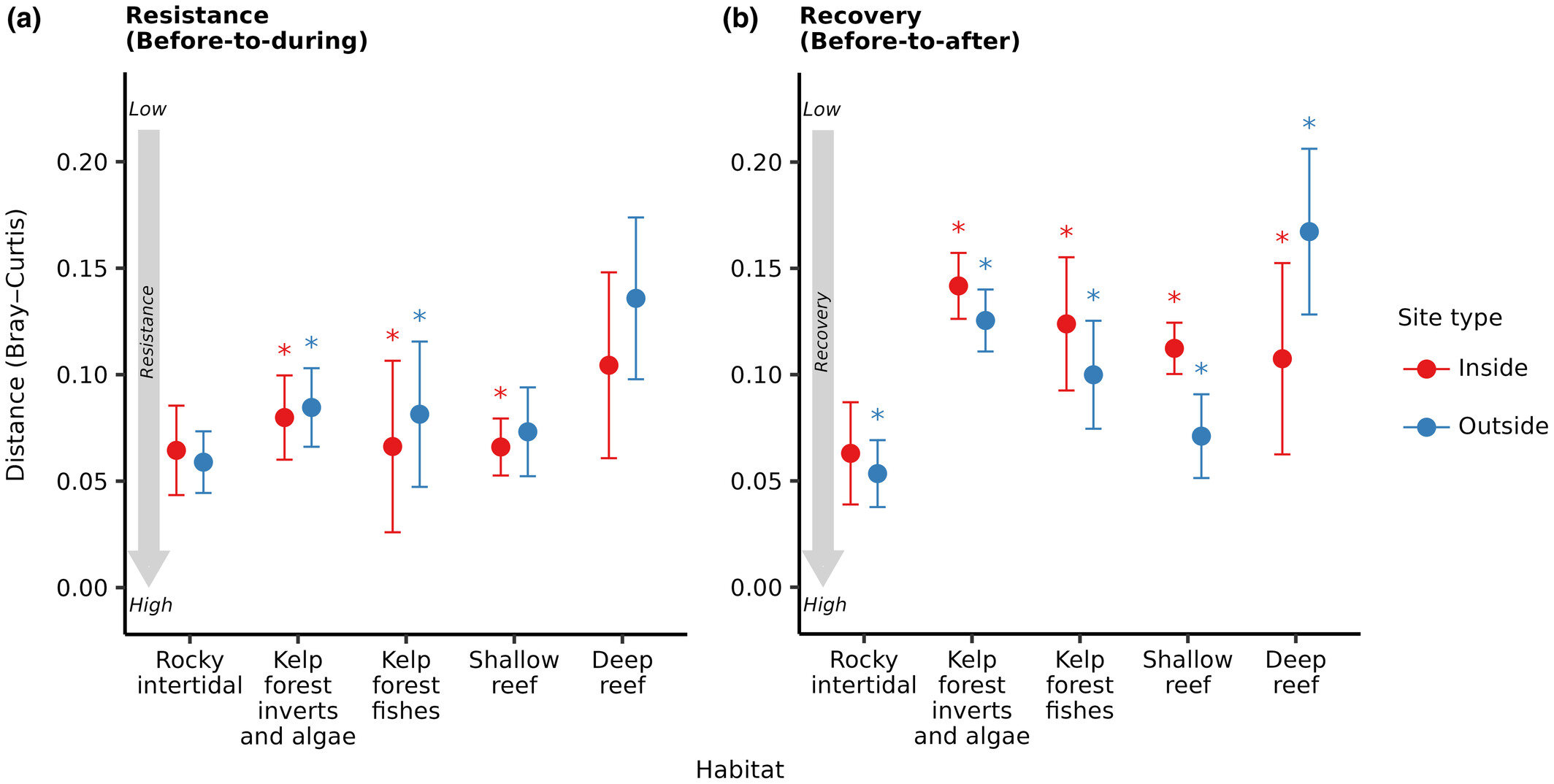Reproducible Workflows
EDS 214: Analytical Workflows and Scientific Reproducibility
Day 1 Afternoon | August 25th, 2025
Workflow organization
Let’s look at some examples of workflows on GitHub
All focus on nearby marine ecosystems, but the principles apply to any subject
Keep your eyes peeled for these four components:
- Raw data
- Code
- Outputs
- Documentation
Kelp me kelp you
Global patterns of kelp forest change over the past half-century (Krumhansl et al. 2016)

MPAs protect against marine heatwaves
Marine protected areas promote stability of reef fish communities under climate warming (Benedetti-Cecchi et al. 2024)

MPAs don’t protect against marine heatwaves
A marine protected area network does not confer community structure resilience to a marine heatwave across coastal ecosystems (Smith et al. 2023)

Workflow organization jigsaw
- Count off 1-3
- Find 2-3 other students with your same number (i.e., a group with 3 1s, a group with 4 2s, etc.)
- Each group will look at their corresponding workflow
Try to find the following four components in the workflow:
- Raw data
- Code
- Outputs
- Documentation
For each component, make a note of:
- The name of the folder(s) containing it
- How you found that component (intuition? documentation? parsing code?)
Workflow organization jigsaw
- Form groups with one student from each workflow
- Each person shares what they found in their workflow
- As a group, write down 2 traits of a workflow that make it easy and challenging to find things (4 traits total)
- Provide examples for each
- I will randomly call on a group to share
What are the goals for workflow organization?
Reproducibility
Another scientist (including Future You) should be able to repeat your analysis.
Maintainability
You should be able to jump back in to editing your analysis, even if you haven’t looked at it in a while
Collaboration
You should be able to share your analysis methods and results with others
Tools that help with workflow organization
GitHub
- Version control - track your (and your collaborators’) changes
- Issues - a built-in to-do list directly connected to code and conversations
- Branches and pull requests - work in parallel and merge your work as seamlessly as possible
- GitHub Pages - a website for sharing your analysis with collaborators
Tools that help with workflow organization
Folder organization
- It’s less important which system you pick than it is to be consistent
- Free up cognitive load!
- Brainpower you spent figuring out where to put or find files - reallocated to your actual science
- Follow conventions
- By playing nice with others you get to use their tools
Introducing: The FlukeAndFeather Workflow Organization System™
- You have before you a shuffled collection of folders and files
- You have no context other than their names
- In trios, try to:
- Organize the folders and files hierarchically
- Briefly describe what you think the purpose of each folder/file is
- Use the two blank cards to add two files to the project
- We will discuss your results in groups
Introducing: The FlukeAndFeather Workflow Organization System™
SNOWBALL
5 minutes
- Combine pairs
- Choose a notetaker
- Share and combine into a single solution
- Notetaker writes down:
- One example of differing solutions
- How you decided which solution to use
- One remaining question about a file/folder
5 minutes
- Combine groups again to make groups of EIGHT(ish)
- Choose a new notetaker
- Repeat the exercise
I will randomly call on two notetakers to share
Works cited